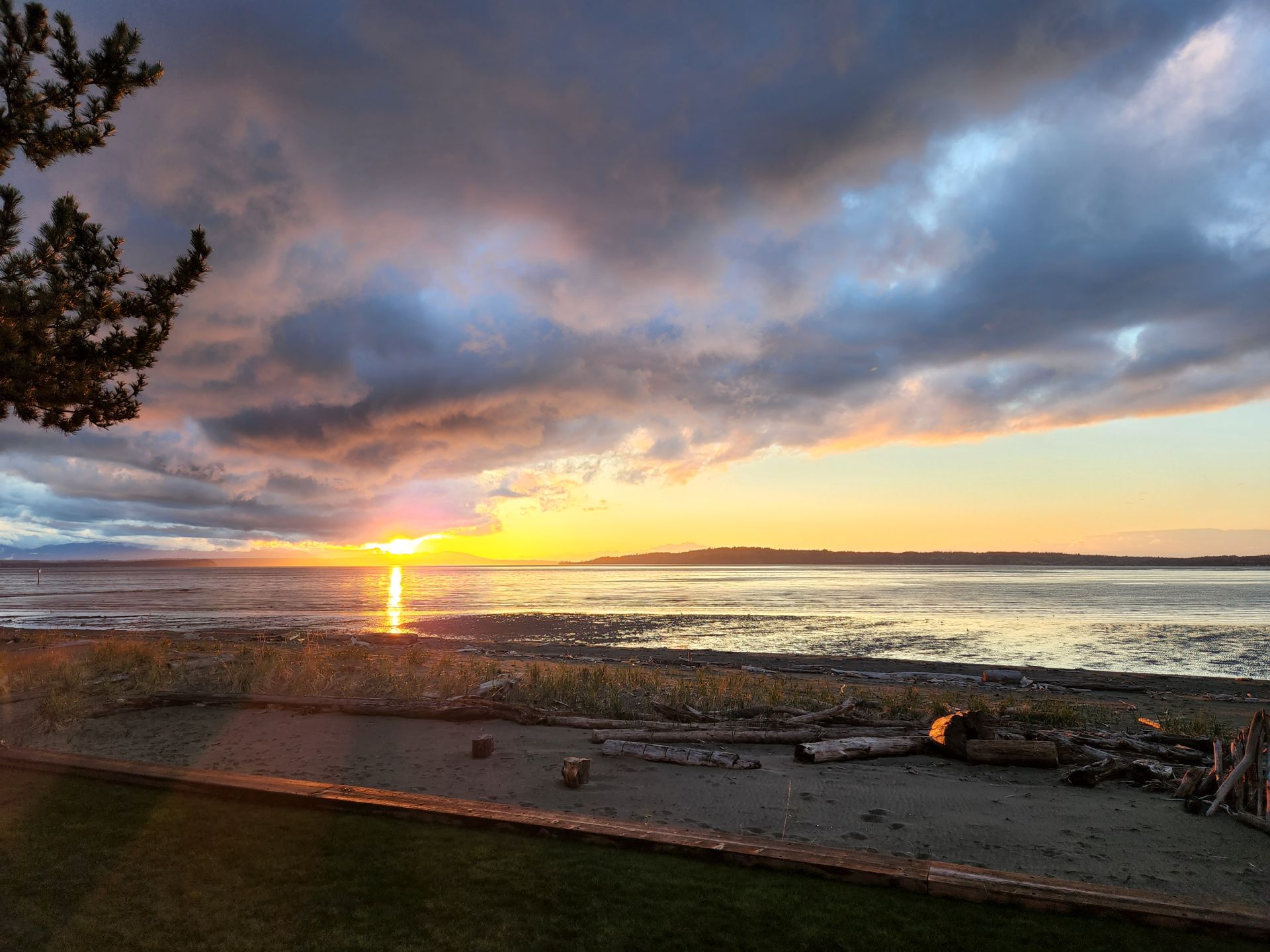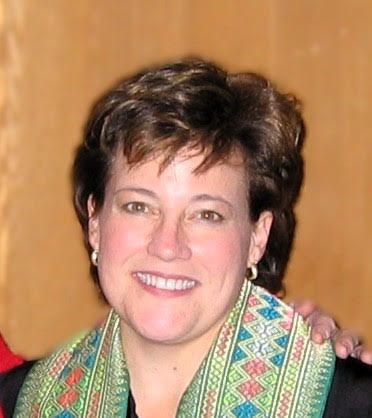Collective Trauma
Nov 13
/
Andrea Saccoccio

Listen to the audio version here:
In January of 2004, I was leading a group of university students through South Africa to explore the rise and fall of Apartheid and the role that the church played in both. The hope was that our students would learn about systemic racism in an unfamiliar context to understand it better on their own. That morning we listened as Rev. Dr. Peter Storey talked about caring for his community, District Six, until the day that bulldozers sent by the Apartheid regime flattened every building but his church, which now served as a museum. As a result, he became the chaplain to Robben Island, where he cared for Nelson Mandela and Robert Sobukwe, among others, for 20 years.
As my students listened to Dr. Storey talk about the horrendous acts of violence against the Black and Coloured members of the community (in South Africa, Black refers to the indigenous Xhosa and Zulu, and Coloured is anyone of mixed race or Indian heritage), one student asked how the Boers could exact such horror on these innocent people. Peter thought for a moment and said, “To understand the atrocities brought by the Boers, you must understand what the English did to them first.” He then outlined the scorched earth approach that the English leveled against the Dutch farmers who had settled in South Africa, saying, “Is it any wonder, then, that they turned around and did the same?”
Those comments stuck with me. Why would victims of such atrocities turn around and become perpetrators of the same? How could those who had suffered such violence victimize others? Didn’t they, of all people, know how horrid it was?
Many years later, these ideas returned to me as I was studying the impact of trauma as part of my training for Chaplaincy with Veterans. The most basic definition of trauma is “what does not go away. It persists in the present…in the symptoms that live in the body, in the intrusive fragments of memories that return. It persists in symptoms that live on in communities, in layers of past violence that constitute present ways of relating.” ¹ Essentially, trauma is unmetabolized pain, which is why two people experiencing the same traumatic experiences can be impacted differently —one person may demonstrate ongoing symptoms of trauma while the other does not based on how they metabolize their experience. Trauma lives in our bodies even more than our minds, causing us to react and act in ways that our brain often doesn’t recognize and impacts people differently. For example, if someone has experienced a situation in which a friend drowned, they may feel the consequences of that trauma anytime they are in a situation that reminds them of the incident that caused their pain. It can manifest as sweaty hands, an increased heart and breathing rate, a stiffened body, or a higher-pitched voice as muscles in the body involuntarily contract in a “fight, flight, or freeze” reaction. It can even look like rude behavior—walking out of a conversation or shutting down. It takes insight and empathy to recognize these patterns in others and self-awareness to recognize our own responses. If they persist, they may be mistaken as personality quirks. “She hates boats,” “He is terrified of the ocean,” etc. When a trauma has happened to an entire community of people, it is often referred to as “collective trauma,” and those same quirks are often interpreted as culture. It is why my Black Chaplain colleague would rock and hum when she was stressed. Some might say that her behavior was a reflection of her culture, but in reality, rocking and humming are effective ways to regulate our bodies when we are experiencing the symptoms of trauma. Her response to stress is now considered a cultural behavior because it reflects generations of trauma management.
What Dr. Storey was referring to in 2004 is what I have come to understand as “traumatic retention,” the recognition that people who carry trauma in their bodies are generally trying to resolve their pain consciously and unconsciously. To resolve it, we need to recognize it at work first. For many who have access to help, that can look like counseling or therapy or even journaling. Ironically, many who are unaware of the ways trauma has impacted them often subconsciously recreate the circumstances that caused their trauma in hopes of creating a different outcome. Unfortunately without help to guide us in resolving our pain, we often just recreate it and inadvertently become perpetrators of the same trauma we have experienced. This kind of generational trauma might look like a child who was physically abused becoming an abuser themselves or a woman who was emotionally abused by her father marrying an abusive man. It has shed new light for me on Exodus 34:7, which refers to harm from one generation ‘visiting’ to the 3rd and 4th generation.’ What Storey was doing, however, was pointing to the impact of collective trauma on whole societies. What happens when an entire community is the victim of trauma themselves and has not learned to metabolize their pain? We need only turn on the news to see.
What Dr. Storey was referring to in 2004 is what I have come to understand as “traumatic retention,” the recognition that people who carry trauma in their bodies are generally trying to resolve their pain consciously and unconsciously. To resolve it, we need to recognize it at work first. For many who have access to help, that can look like counseling or therapy or even journaling. Ironically, many who are unaware of the ways trauma has impacted them often subconsciously recreate the circumstances that caused their trauma in hopes of creating a different outcome. Unfortunately without help to guide us in resolving our pain, we often just recreate it and inadvertently become perpetrators of the same trauma we have experienced. This kind of generational trauma might look like a child who was physically abused becoming an abuser themselves or a woman who was emotionally abused by her father marrying an abusive man. It has shed new light for me on Exodus 34:7, which refers to harm from one generation ‘visiting’ to the 3rd and 4th generation.’ What Storey was doing, however, was pointing to the impact of collective trauma on whole societies. What happens when an entire community is the victim of trauma themselves and has not learned to metabolize their pain? We need only turn on the news to see.
Metabolizing trauma is personal as much as collective. We all experience the pain of living in a world in need of redemption and restoration. The first step in our healing trauma, which is as individual as we are, is recognizing the impact of trauma in our own bodies. It starts by being mindful: In what situations do I notice my heart rate increasing? When do I find myself using tactics to evade or escape something? Healing begins with mindful attention: grab a journal and notice when you feel anxious, stressed, or uncomfortable. What patterns do you notice in your body’s responses? Then seeks ways to metabolize your discomfort. Writing, walking, and talking are good places to put that kind of energy. It’s good work. Hard work. Important work. The deeper the wound, the more challenging the journey.
Healing starts with me. If you are interested in learning more about how to engage that work, I highly recommend “My Grandmother’s Hands” ² by Resmaa Menakem. It provides insightful commentary on the impact of trauma in our bodies, and provides exercises to recognize and address personal trauma and its impact in and through us.
¹ Rambo, Shelly Spirit and Trauma: A Theology of Remaining. 1st ed. Louisville, KY:
Westminster John Knox Press, 2010.
² Menakem, Resmaa. My Grandmother’s Hands: Racialized Trauma and the Pathway to Mending our Hearts and Bodies. Las Vegas, NV: Central Recovery Press, 2017
Empty space, drag to resize

Alaine Buchanan
Andrea 'Andi' Saccoccio is the founder of The Lefko Group, a consultancy which empowers predominantly white faith-based organizations seeking to recognize their unique culture and how it plays in multicultural spaces and relationships. With experience in the church, faith-based NGOs, nonprofits, and in academia, she brings a broad range of practical knowledge to her work of equipping the church to live out the call to be ministers of reconciliation. She currently serves on the Board for The Impact Movement, a ministry which equips Black university students to become spiritual leaders who impact the world, and helps facilitate their cultural competency training.
Andrea 'Andi' Saccoccio is the founder of The Lefko Group, a consultancy which empowers predominantly white faith-based organizations seeking to recognize their unique culture and how it plays in multicultural spaces and relationships. With experience in the church, faith-based NGOs, nonprofits, and in academia, she brings a broad range of practical knowledge to her work of equipping the church to live out the call to be ministers of reconciliation. She currently serves on the Board for The Impact Movement, a ministry which equips Black university students to become spiritual leaders who impact the world, and helps facilitate their cultural competency training.
Andi is an ordained minister in the PC(USA) and received her doctorate from Portland Seminary, researching the intersection of race and trauma. She lives in Seattle, WA, where she can be found hiking with friends, drinking good coffee, or working in her garden.

